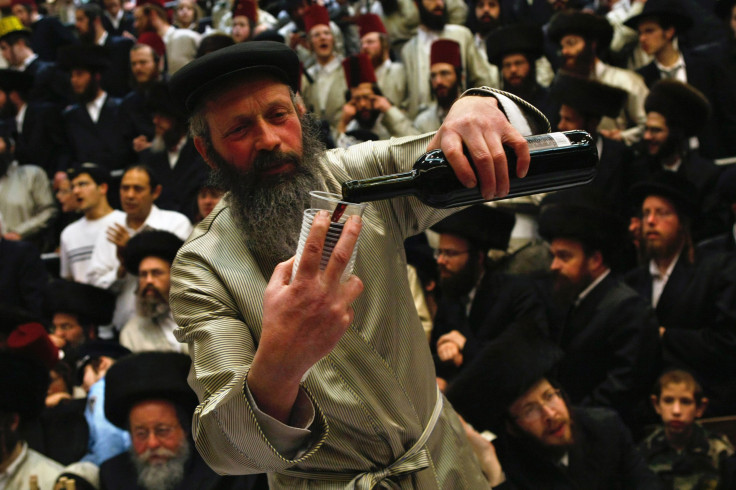What Is Purim 2017? Everything To Know About Celebratory Jewish Holiday

Saturday evening marks the start of Purim, a holiday filled with food, fun and a celebration of Judaism. First celebrated in the first century before becoming more popular in the Middle Ages, the holiday is now enjoyed with dancing, festivals and costumes. Here are seven facts to know about Purim.
Read: History, Facts And Recipes To Celebrate Dominican Republican Independence Day 2017
1. Purim celebrates the story of Esther. Known as “the Scroll,” Megillah in Hebrew, the Book of Esther details the story that came to be celebrated during the festival of Purim. During the 4th century BC in ancient Persia, King Ahasuerus ruled over the region. An adviser to the king named Haman developed a plot to exterminate the Jewish community, unbeknownst to Ahasuerus. In an attempt to save her people, Esther became the king’s wife and successfully thwarted the plan, going down in history as a hero of the Jewish people.
2. It’s celebrated each year on the 14th day of the month of Adar on the Hebrew calendar. This year, Purim begins Saturday evening and ends Sunday evening.

3. Tradition involves reading the Book of Esther. Retelling the story to children is a key part of Purim. The Megillah is typically read once on the eve of Purim and again the next day.
4. The most popular food eaten on Purim is the hamantaschen. Hamantaschens, also known as Haman pockets or oznay Haman, are triangular cookies or sweet rolls filled with poppy seeds, fruit marmalade or other sweets.
5. Celebrants are urged to give to others. Purim observances call for giving money to at least two less fortunate people and sending two kinds of food to at least one person.
6. Congregants use noisemakers at synagogue services to celebrate. Noisemakers, or “groggers” are shaken during synagogue services every time Haman’s name is mentioned to drown it out, a bid to remove him from history.
7. Other traditions include dressing up and feasting. Dressing in costume is encouraged to enjoy the day fully. Celebrants also often partake in a festive Purim feast including wine and other celebratory beverages.
© Copyright IBTimes 2025. All rights reserved.






















